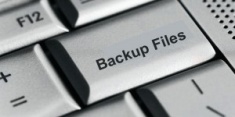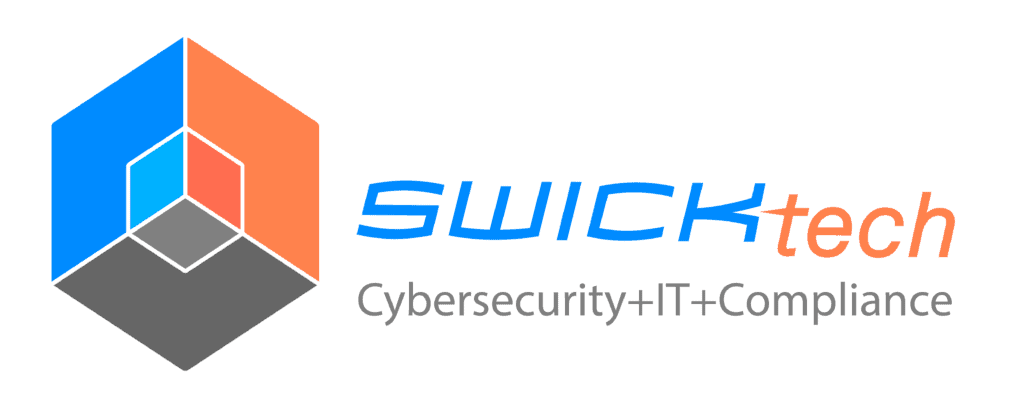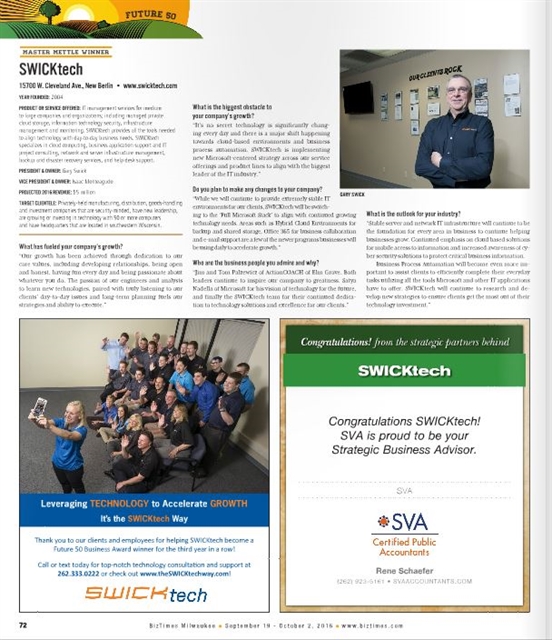
You’ve made the decision that you would like to backup your data and are left wondering “How do I do that?”
First this depends on what you are trying to protect:
Second, you have to decide where to back up your data. The basic choices are CD/DVD, Tape Drives, Internet or External Hard Drives, USB Flash Drive,
- A home computer or laptop
- Business information stored on your work computer or laptop
- Business information stored on your server or network.
Network Locations and Internet Cloud Based Locations.
Best practice dictates an off-site component to backup to protect the information when disaster destroys your building, like a fire or flood. Cloud based backups are the best choice because they provide the off-site component as part of the service only when the total amount of the information is under one Terabyte, or one Trillion Bytes. Tape drives with off-site storage and a rotation schedule work well when the information is over one Terabyte. Keep in mind a standard CD holds about 700 Megabytes so it woud take almost 1,500 CDs to hold a Tarabyte of information. Not all cloud bbased services are created equal, be sure to do some research on the type of backup available, the speed of restores and what the company would do in the event of total building failure. Getting your business back up and running quickly is just as important as off-site backup so make sure you perform a ‘simulated disaster’ recovery test with documented results.
For small amounts of data on a home computer, the lease expensive option is USB Flash Drives or External Hard Drives making sure you take the flash drives off-site. Most home computer users take the flash drives to the office. For businesses off-site backups should be taken to a bank safety deposit box; however it can be an executive’s home for small companies. As with cloud based backup, make sure you perform a ‘simulated disaster’ recovery test with documented results.
Lastly, the program you use to create the backups is important as well. When cloud based backup is used, the provider will have the appropriate program. Ask for regular reports and e-mail verification the backups have been completed. For home users, Microsoft provides a free program to create backups. They work well for manually run backups because they lack automatic notifications. For business owers, there are a number of commercially available products to provide automatically scheduled backup with proper notification. Of couse we can’t stress enough, make sure you perform a ‘simulated disaster’ recovery test with documented results.
Regardless of what brand of computers you have, the important thing to realize is that no matter how dependable it is, it will eventually fail. The question you need to ask yourself is how ready are you for that day and what are you willing to lose forever? By planning ahead, you can stave off the inevitable and you business will survive.



